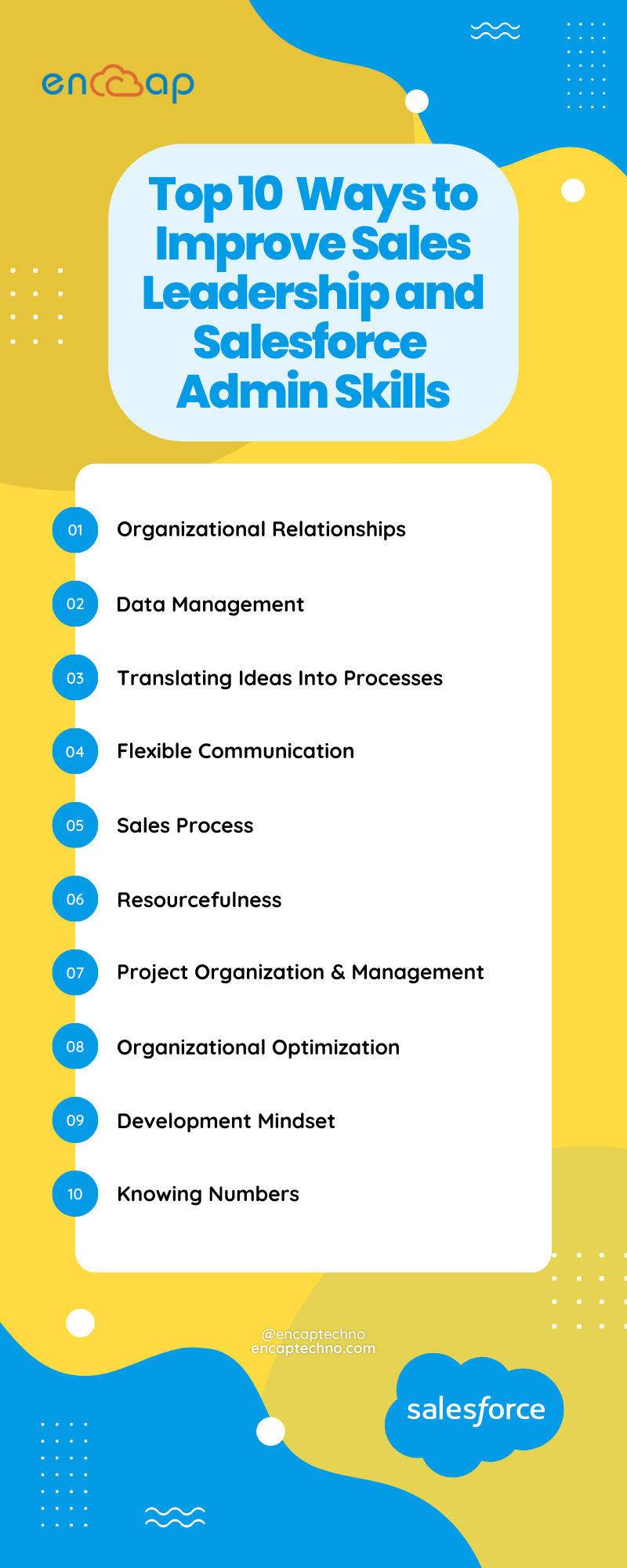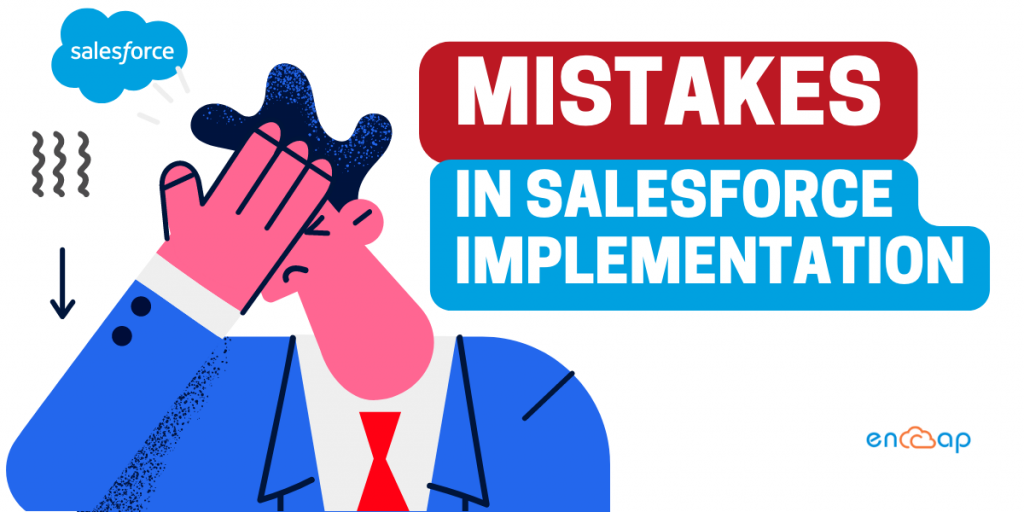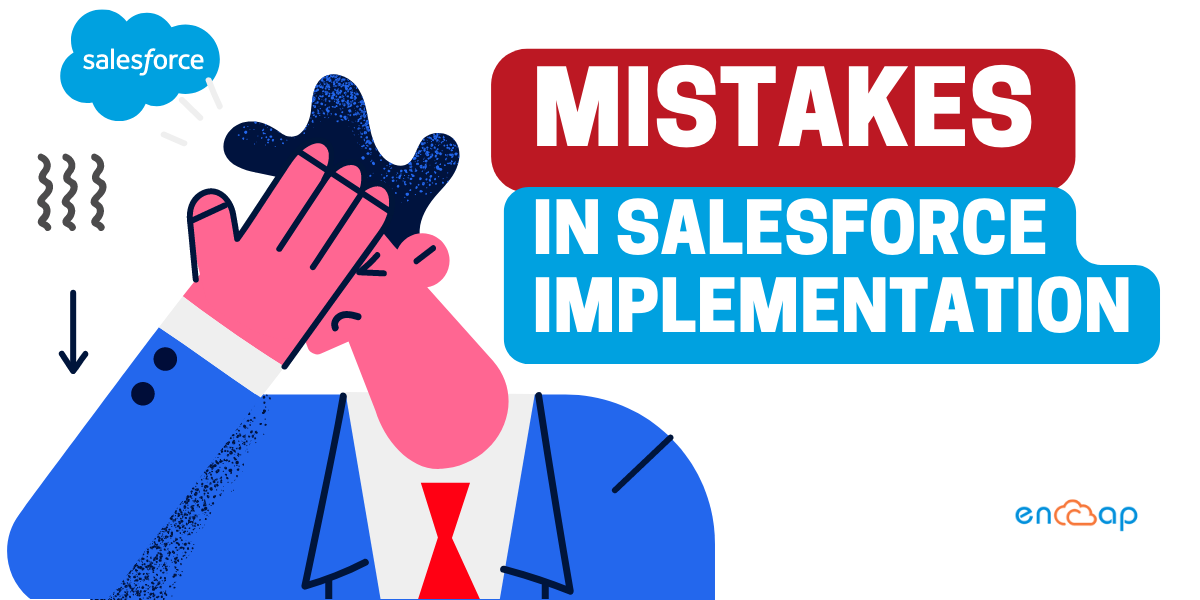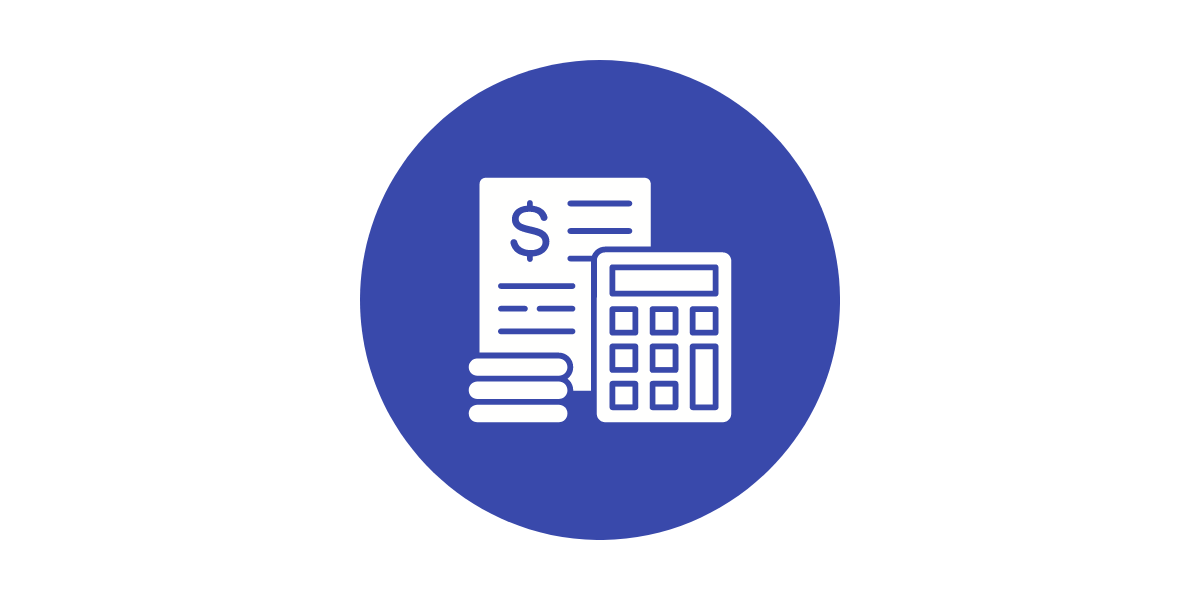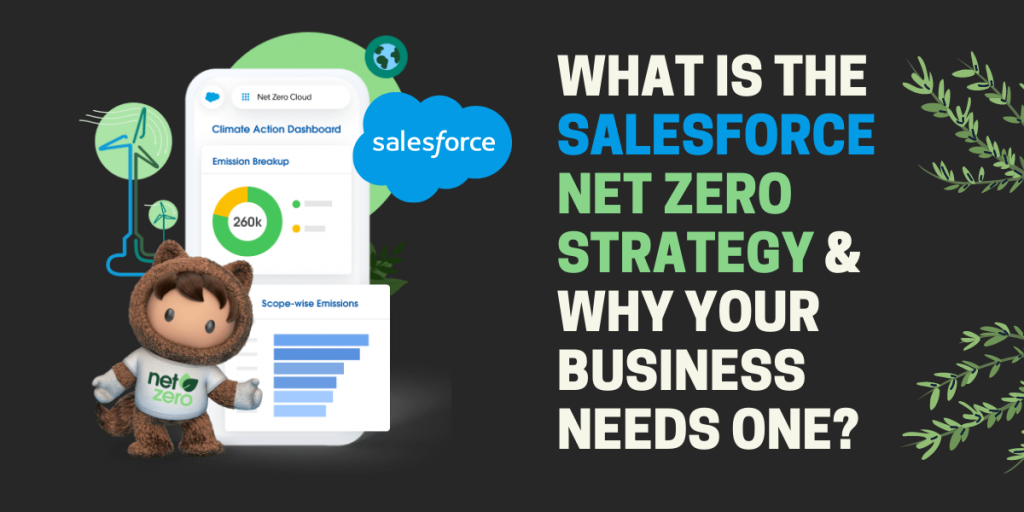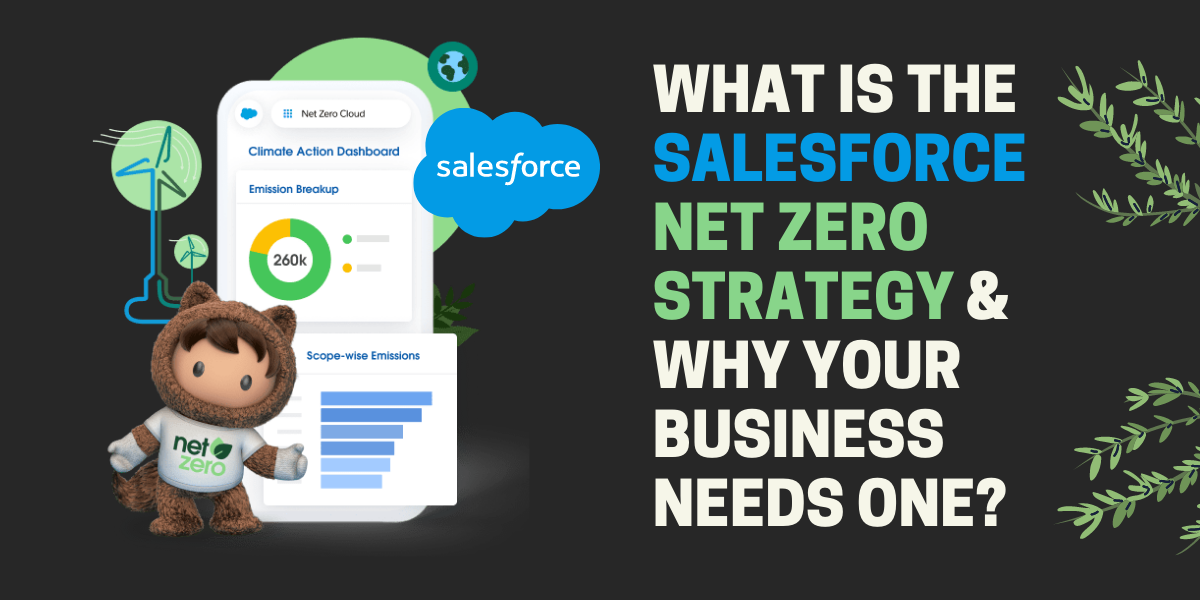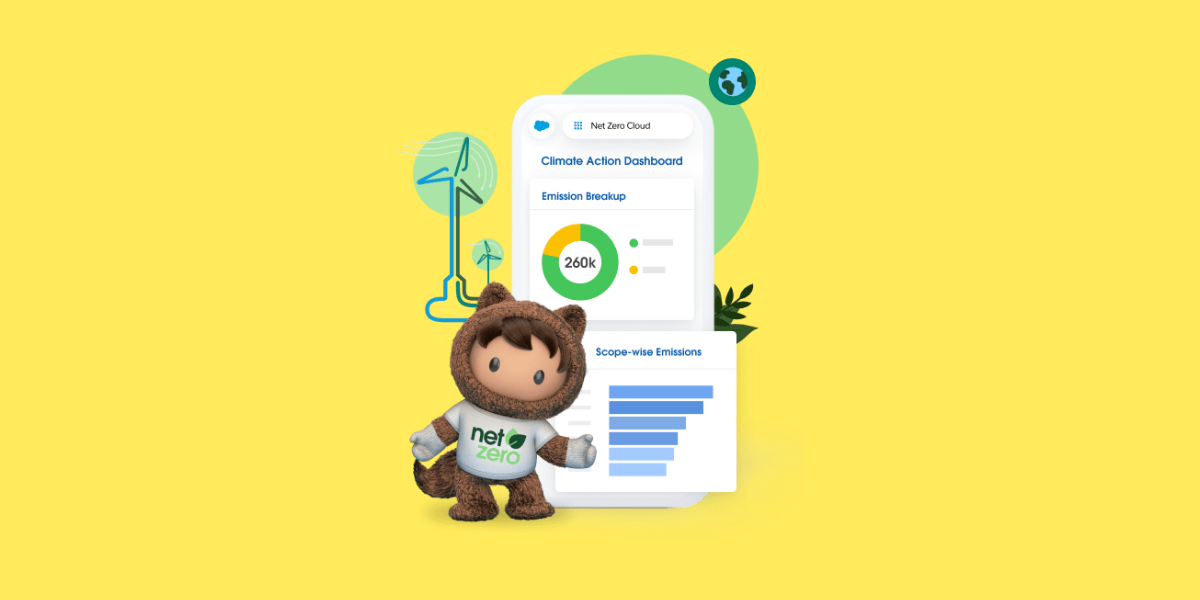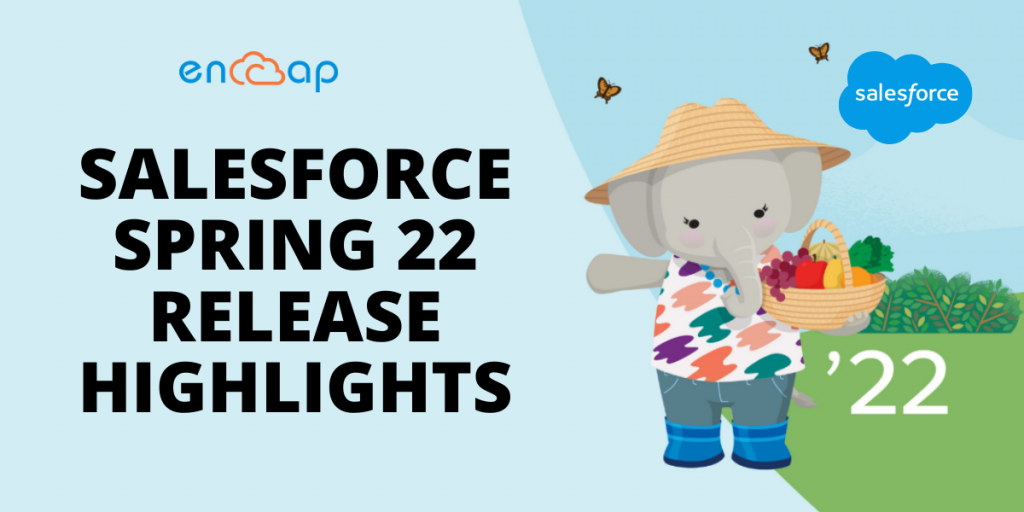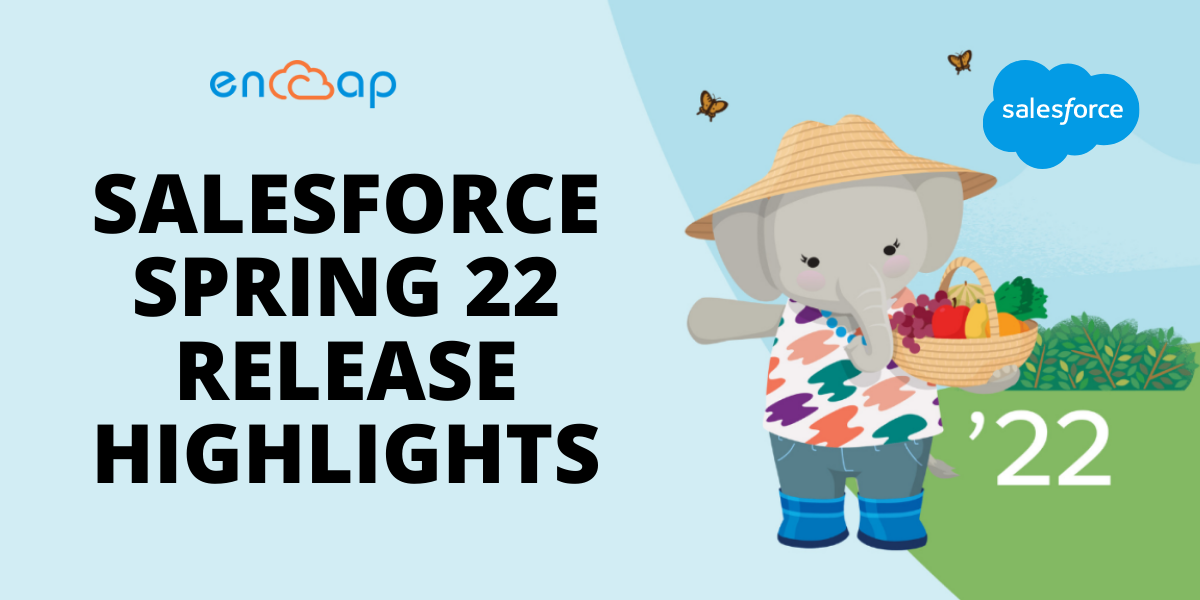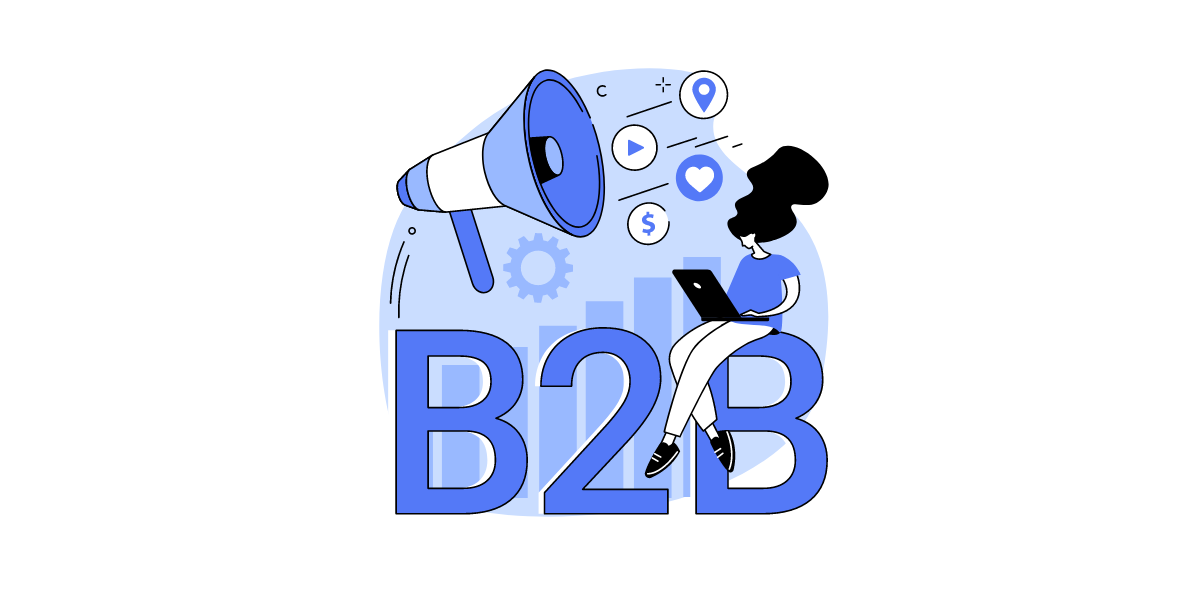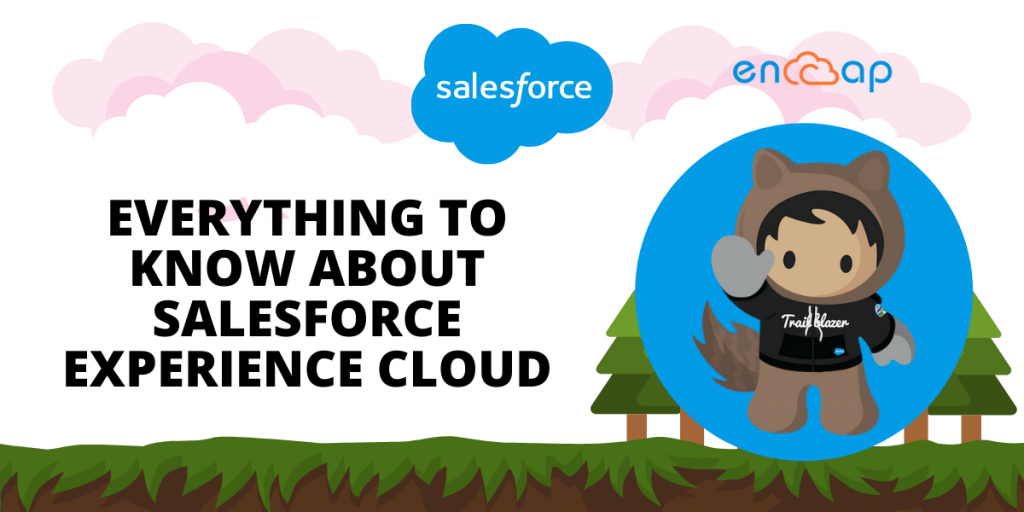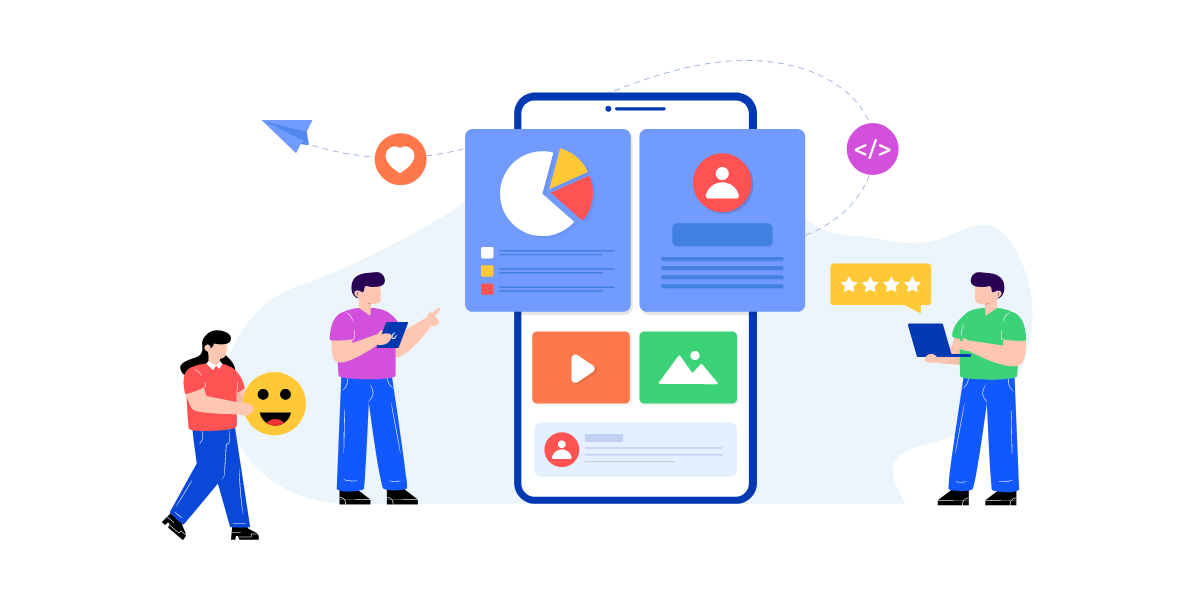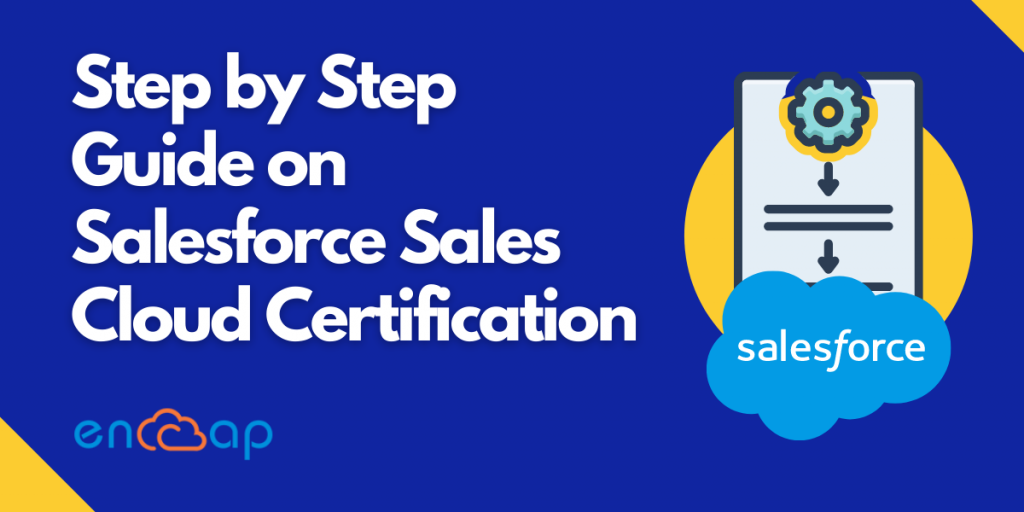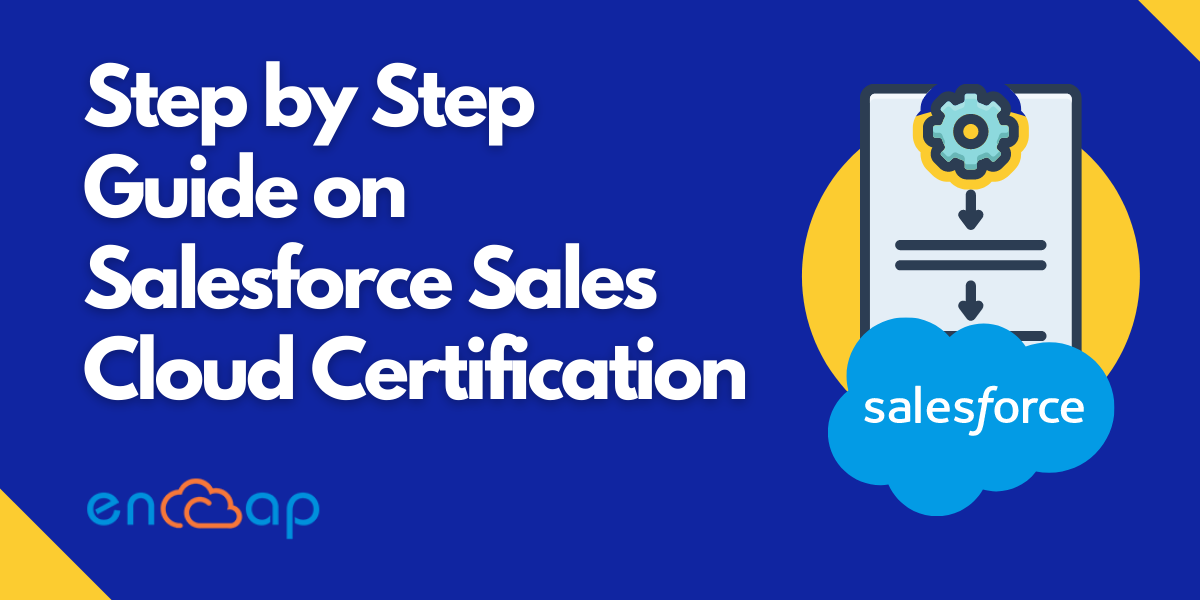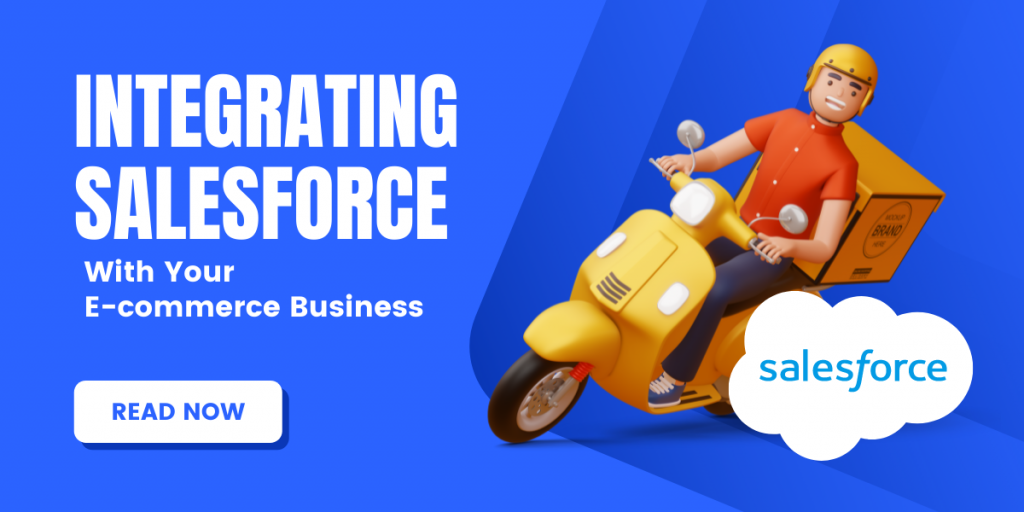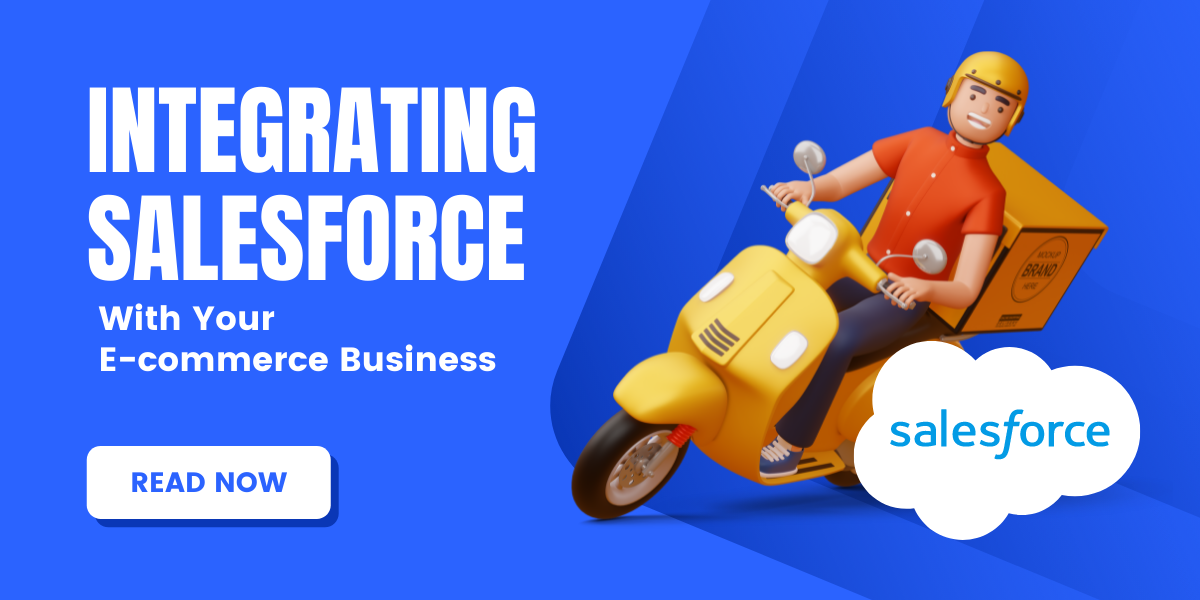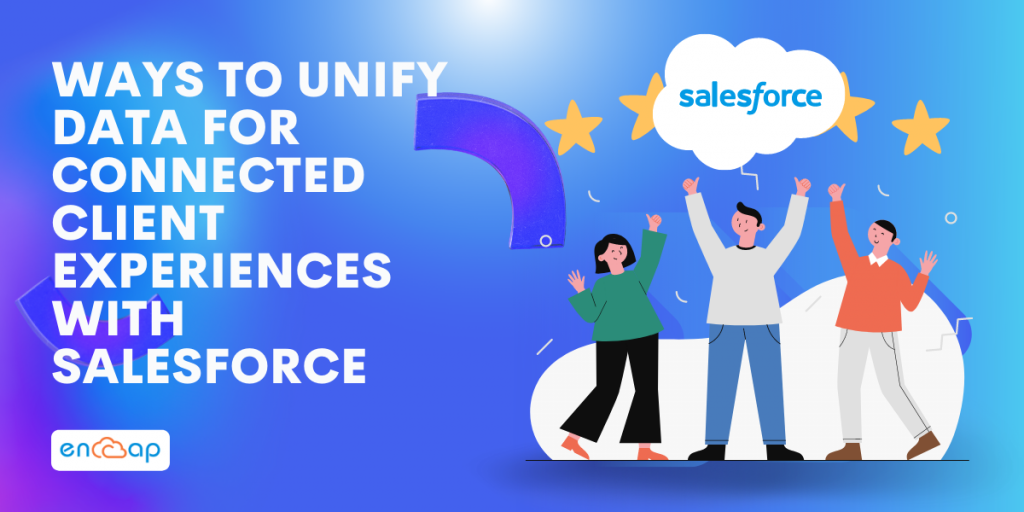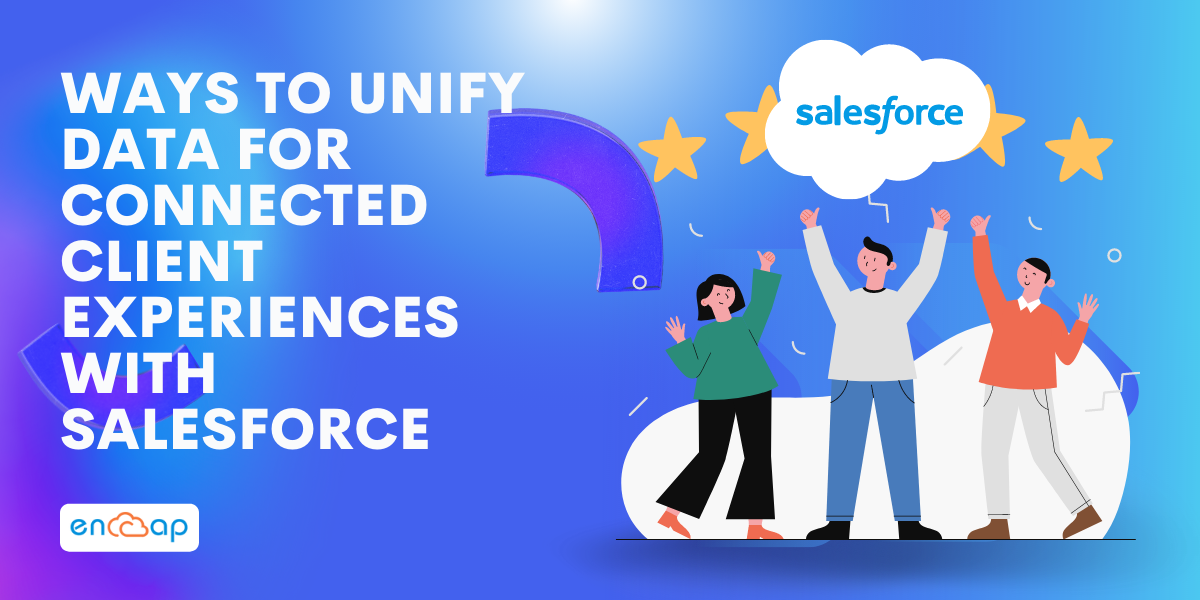Salesforce Summer 22 Release Highlights | Explore What’s New!
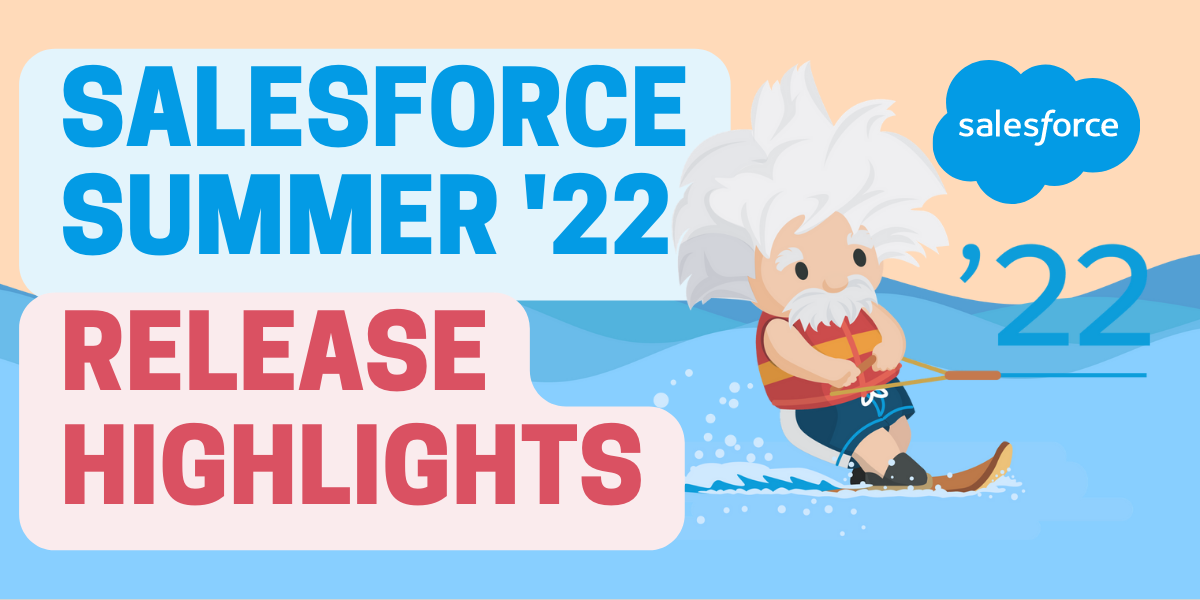
The most excellent CRM cloud solution is Salesforce, but maintaining that position over time is difficult. Consistent innovation, development, and actions are needed to keep up with the right market trends. Salesforce CRM cloud has always ranged above and beyond to stand out from the competition and provide the best, whether by acquiring firms with specialized tools linked with Salesforce or by developing new automation solutions for enterprises. As a result, Salesforce releases new features and advancements and adopts user suggestions. Every year, three releases are made.
It is an opportunity for everyone in the Salesforce ecosystem to benefit from the platform’s real-time innovation. Because upgrades are sent automatically in real-time, all Salesforce clients may benefit from new features and enhancements right away. However, some features may require setting, and others may influence how your company uses the platform, so it is critical to stay informed.
Salesforce continually updates its services so that customers can take advantage of the advantages and align with them, as it is all about improvements and the addition of new technology.
Let’s discover more about the highlights of Summer Release’22 that Salesforce has created.
On May 6 and 7, the most recent release updated the new and existing sandboxes. The sandboxes of your company must have already seen the modifications, but there are too many for one person to register them at once.
Let’s review the features, improvements, and additions we have received in this update for improved usability and convenience.
1. Address Fields Customized for You
Indeed, Salesforce developed custom address fields similar to regular address fields. The beta phase of this improvement is expected to result in enhanced address data accuracy and user experience.
In Salesforce, there is no option to construct a composite Address field. Hence we must establish various areas for address-related data (Country, State, City, Street, PostalCode).
You can add and get addresses using Custom Address Field (Beta) using custom Address compound fields on Salesforce standard and custom objects.
To enable Custom Address fields, we must follow the steps listed below (Beta)
- Activate the custom address field (Beta)
- Establish a Custom Address field
- Put the State and Country Picklists into practice (Optional if you want to use the default picklist)
2. No More Uncertainty About Appointments and Scheduling
We frequently find ourselves perplexed as to why certain service appointments are not occurring or what users and candidates might do to secure more time for appointments.
Since scheduling suggestions and appointment insights have come to your aid and given you the reasons and answers for your confusion, all of that confusion has now been put to rest.
This function is currently in preview mode.
3. OCR Simplifies Data Extraction
We all know how tough it can be to extract data from physical forms of data, such as insurance and mortgage papers, official documents, and so on; however, Einstein’s OCCR model now makes it possible to extract data extremely quickly by analyzing the document’s layout and content by scanning over its image and obtaining structured data as a result. As a result, we can swiftly convert data from custom forms into Salesforce records, such as insurance, mortgage, and healthcare forms.
The OCR model evaluates the layout and content of the document before extracting the necessary values from the user-defined fields in your custom form. This function is in beta testing.
4. Scheduler for Salesforce
Also receiving a much-needed makeover was the Salesforce Scheduler. Service Resources and Managers may now easily manage their daily activities with the help of colour-coded groupings within the Calendar, thanks to the addition of the ability to examine shift vacations, schedules and absences in a calendar view.
Customers can now book open time slots in real-time using the shared URL by sharing calendar availability, which has also been added to the release. Additionally, freshly made appointments can be immediately distributed to designated Service Resources, ensuring that only the right team members can access the information they require.
5. Picklists
Picklists now include several time-saving capabilities that will benefit users greatly. This applies to Salesforce Classics and Lightning Experience in all editions.
Manage Picklist Values in Bulk (Beta)
Increased efficiency by adding new functionality that allows you to delete, activate, deactivate, or alter many custom picklist field values at once.
Remove Inactive Picklist Values (Beta)
Users can use this bulk delete tool to remove inactive picklist values from custom picklist fields.
Inactive Picklist Values in Custom Picklist Fields
Users can now receive an email indicating which custom picklist fields have 4,000 inactive values and are eligible for bulk deletion.
6. Person Accounts Enabling
Salesforce makes it simple for clients to enable Person Accounts with a few clicks, eliminating the need to contact the support team. However, any organization that has explored Person Accounts is aware that you must contact Salesforce Support for them to enable Person Accounts in your Salesforce environment.
Organizations can now enable Person Accounts on their own using Salesforce Setup with the Summer ’22 release.
Like the prior phase, Enabling Person Accounts in your Salesforce environment cannot be reversed.
7. Using Triggered Campaign Messages, You Can Personalize Your Experiences
This upcoming Salesforce update will be handy for B2C shops and anyone with an eCommerce presence. Marketing Cloud Personalization users will be capable of triggering personalized customer experiences based on catalogue updates, cart abandonment, and other behavioural indications using new Triggered Campaign Messages.
You may now more successfully re-engage customers who couldn’t buy or be put off by the cost by setting catalogue triggers when a product is replenished, or the price is dropped.
In the event of cart abandonment, you can also set the product price range, the number of times a consumer revisits abandoned products, and the frequency of alerts they will get. Then, based on parameters such as the number of revisits, you may send a customized campaign with a personalized price, offering stepwise discounts to less engaged prospects. Salesforce’s Summer Release 2022 has undoubtedly made eCommerce marketing smarter.
8. Use the Migrate to Flow Tool to Convert Workflow Rules to Flows (GA)
Salesforce will continue to push clients to use Flow as Process Builder and Workflow Rules are phased out.
Fortunately, we are supplied with tools to make the migration process easier than simply constructing flows ourselves.
The Migrate to Flow Tool was already available in the previous edition for specific Workflow Rules, but it now supports a broader range of workflow rules. The following features will now be supported by the tool:
- Equal to null
- Not equal to null
- Rule criteria formula
9. Integrations with Amazon are Now More Straightforward
We can now natively link the AWS data we need with Salesforce using the new Salesforce Connect adaptor for Amazon Athena. This will enable us to analyze structured data in various ways and take advantage of the faster-querying results even on massive datasets.
10. Recipes are Now Included in Salesforce
Since Salesforce has developed data and data flow recipes, the word “recipe” is no longer just used in the kitchen. With only one click, dataflows may now be converted into recipes.
The “Convert to Recipe” button enables us to work on recipes with data features like joins, sentiment recognition, and many more without altering the current dataflows.
11. Staged Data Features Facilitate Work
It isn’t easy to deal with a lot of data using CRM Analytics.
Even yet, we may significantly reduce the processing time by using staged data that precursor recipes have already generated as input nodes for later recipes. As a result, it only merges once, gathers the staging data, and then applies it to all the additional recipes the user wants to work on. At their discretion, customers may test this beta capability, which exclusively applies to CRM Analytics in Lightning Experience and Salesforce Classic.
12. Sets of Permissions Have Now Expired
We frequently assign permission sets without remembering to modify them for the user. Perhaps temporary access is required, so we manually share, but sharing for multiple identities is time-consuming. However, permission sets now have an option of the expiry date, enabling them to be assigned even in transitory situations.
13. Salesforce Flow Test Framework for Debugging The Record
Triggered Flow is always an irritating aspect of its evolution.
You may now quickly test it to ensure that it produces the intended results. Flow Builder allows you to develop, save, and perform flow tests. Because the test evaluates whether the Flow runs as predicted, automated flow testing saves us time and enhances flow reliability.
14. Solving Cases is Now Simpler
Thanks to Einstein Search Responses, you won’t need to confront situations head-on anymore, which will now offer more accurate answers to users concerning cases.
Type the word into the global search box.
15. Existing Schemas Can Be Updated
Before, developers could not modify or update a schema using a flow. With the new features, developers can still upgrade registered schemas because any version of a registered schema that is incompatible will trigger a workflow message. Therefore, that can be taken out before turning on the upgraded work.
16. Improvement Using Slack
Thanks to this summer’s release, developers can now communicate screenshots to Slack using an invocable action. Sending a message to Slack that includes a button for the user to click and launch can create the desired Flow.
17. In the Lightning App Builder, You Can customize and Filter Related Lists
Until Summer ’22, related listings could only be changed by changing the page layout. So if you wanted to change the look of a linked list while still in the Lightning App Builder, you had to switch to the page layout. The new Dynamic Linked List – Single component in this release allows you to alter related lists in Lightning App Builder. We can customize the list’s fields and sort order, apply filters and give it a meaningful name.
18. Improved Report Type Selector
With this update, finding the optimal report type is now easy. Salesforce users may rapidly access their recently-used report types and inspect the fields and objects with the enhanced report type selection. The report type, whether standard or custom, is immediately visible at a glance. It is also possible to hide unnecessary report types, making your reporting easier to handle.
Salesforce Summer 22 Release Highlights – The Bottom Line
B2B marketers who come to Salesforce try to scale and grow strategically. These latest Salesforce Summer ’22 Release features help marketers get closer to their goals by saving them time and resources.
Contact the Salesforce Consultants at Encaptechno for assistance deploying these capabilities in your Salesforce org. We can conclude that there have been numerous improvements and new additions to the Salesforce Ecosystem in every field, be it administration, business and automation, or development, based on the highlights already discussed and the notes for the Salesforce Summer Release 2022. Numerous improvements undoubtedly save the lives of their intended users.
We can state that the Summer Release 2022 has provided everyone with many features to play around with, discover, and use.
Salesforce Summer 22 Release Highlights | Explore What’s New! Read More »
Salesforce

